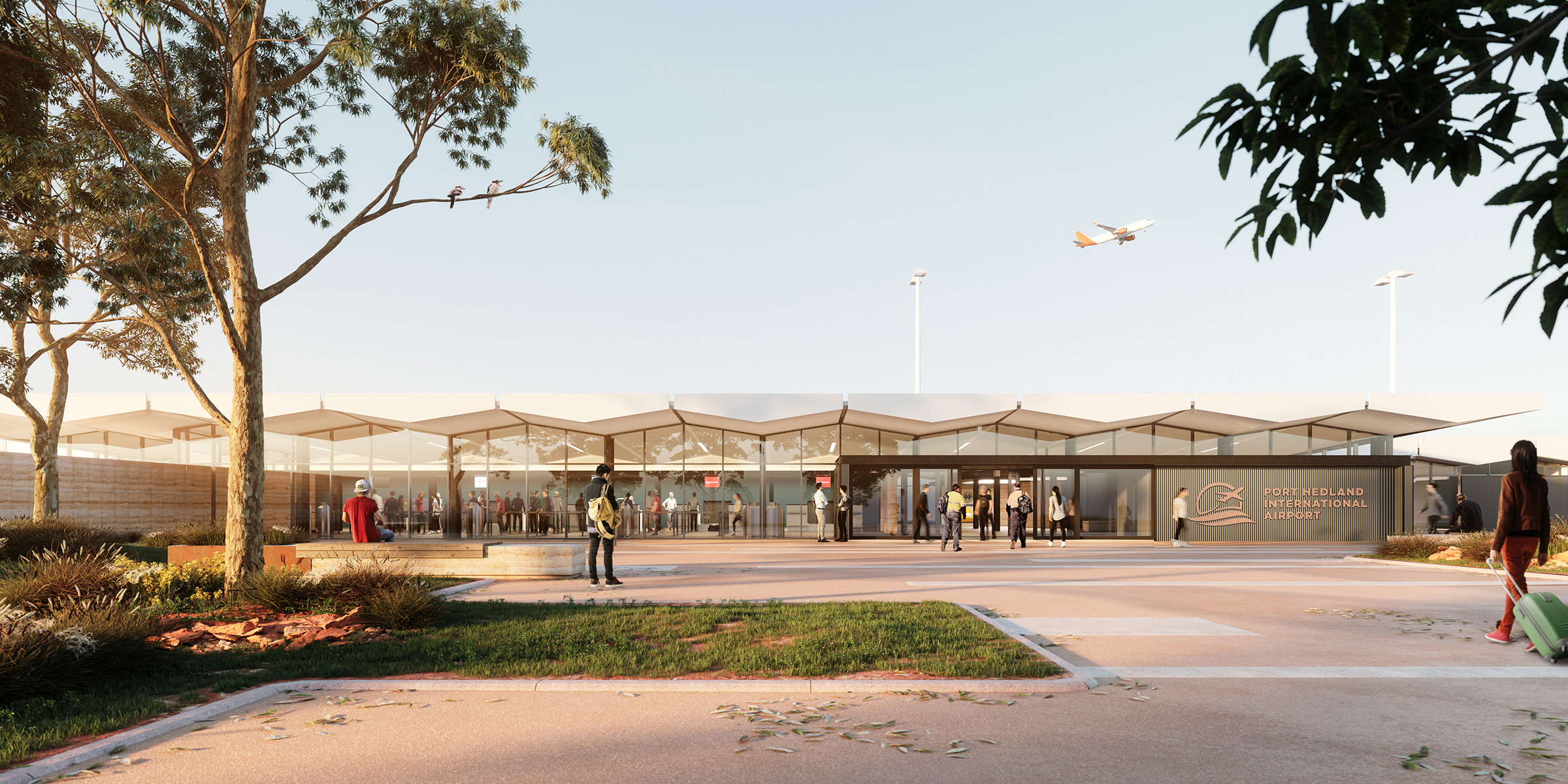Port Hedland International Airport is on a runway to growth, with its new chief executive officer aiming to deliver new business cases to airlines in his quest to expand services to the Pilbara.
Speaking at Port Hedland Industry Council’s August Community Industry Forum, PHIA Chief Executive Officer David Batic said he was already involved in a constant round of discussions with current and emerging airlines as millions of dollars was spent on redeveloping the airport.
Winning Qantas’ agreement for a Qantas Lounge in the redevelopment, which was not in the initial plans, was a significant achievement, he said.
Mr Batic plans to establish a Port Hedland Aviation Development Task Force comprising State and local government, business, and industry representatives to drive the push for more services.
Brisbane, Bali, and Melbourne connections are among the early targets.
Mr Batic, who was appointed CEO in September last year and took up the role at the start of 2022, told the forum that, excluding Perth, pre-COVID airport passenger figures revealed that the bulk of passengers came from Brisbane, which was why it was the top priority.
He has more than 35 years’ experience in defence and civil aviation and was previously the general manager of Alice Springs and Tennant Creek airports.
He said Alice Springs was well connected to other destinations when he left after eight years but in that time the team had presented multiple business cases to attract three airlines across 9 destinations.
“That’s the ratio I expect for Port Hedland. We can do it if we work together and improve liveability through connectivity,” Mr Batic said.
“Airlines do not normally knock on our door and say I want to fly to your town. You have to go to them with innovative incentive and retention packages.
“New airline services are usually supported by a government package and when that financial support ends, they usually pull out of that service if not viable.”
Ongoing aviation and travel disruptions and rising costs would make the task of winning new services even harder.
“Post COVID airlines are risk averse,” Mr Batic said. “They will not jump back into old flight schedules. They are very conscious of yield, and they are struggling with even the current schedules, not just in Australia but internationally.
“It’s going to be a while before we come out the other end, hence there is a slow and very cautious commitment by airlines to pick up any additional or traditional sectors.”
Mr Batic said data is key to arguing a case for Port Hedland. Port Hedland’s advantages included forecast from .id Informed Decision of a population increase, high disposal income among residents relative to other regions, passenger growth outside fly-in, fly-out passengers, and most importantly services that were maintained during the past two years while other airports suffered.
He said initial discussions had been held with Brisbane and Melbourne airports as well as Virgin and Qantas. New Qld-based budget operator Bonza has expressed interest in the possibility of service provision along with Eastern States based regional operator Rex Airlines.
Discussions had also been held about the logistics of a recommencing the Bali service.
“We are hoping that over the next 12 months we will get at least Brisbane committed and a commitment from an airline to operate to Bali from Port Hedland,” Mr Batic said.
New freight services had been established from Toll Global Express, which were likely to increase interest in freight track into and out of Port Hedland.
The airport redevelopment was crucial in showing airlines that Port Hedland would have the infrastructure to cater for increased passenger traffic.
Once redeveloped, the airport terminal will have the capacity to handle 750,000 passenger movements a year, up from 450,000.
He said projections for population growth in Port Hedland were also positive.
“The population growth forecast from .id Informed Decision for Port Hedland from now until 2041 is for an increase from 14,746 to 27,085,” Mr Batic said. “Most regional centres don’t have growth forecast like this. It is either stagnant or sliding.”
Stage one of the airport redevelopment includes construction of new check-in facilities, arrivals areas, public washrooms, and state-of-the-art baggage handling facilities with the new area 700 square metres larger overall.
Under stage two, the existing check-in areas, back of house offices, and security screening points will be redeveloped.
Stage three involves new departure lounges to create more space and a refurbished café.
CIF minutes and presentations are available here.


